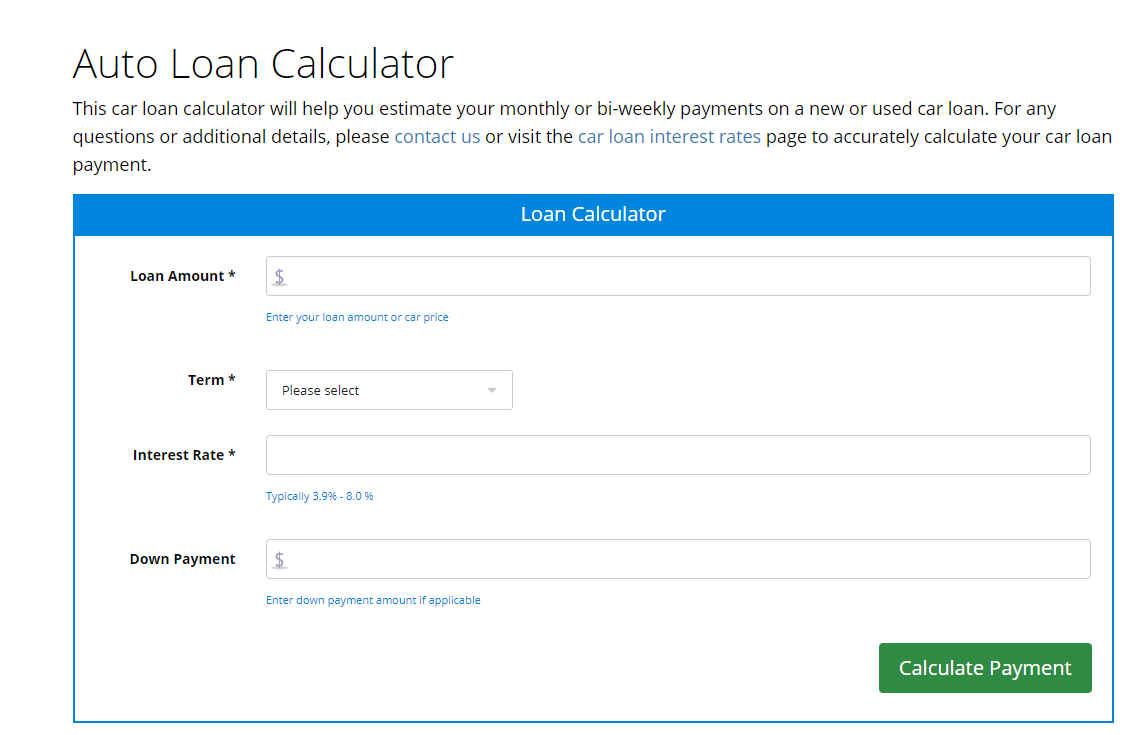Wanna Pay Off Your Debt For Good? Try the Avalanche Method

In a literal sense, an avalanche is a devastating force of nature. These rolling walls of snow rush down mountain slopes, crushing anything in their path, concealing anything from sight. When talking about finances, however, debt experts use the metaphor of an avalanche in a positive way.
Like the snowball method we discussed earlier this week, the avalanche method can help you reduce debt significantly.
However, it requires you to take a different approach from the snowball method. Instead of tackling your smallest debts first, you start by paying off the liabilities that carry the highest interest rates, gradually working your way down to those with the least amount of interest.
A Look Into the Avalanche Method

The avalanche method was formulated to counteract the compounding effects of interest. From a mathematical standpoint, financial experts will tell you that it’s the best method for tackling debt.
Higher interest rates will cost you more in the long run, so it’s ideal if you can pay off those liabilities with more interest first. Now let’s imagine you have a few debts that are on your plate which need addressing. How would the avalanche method look if you adopted it?
- You have $4,000 on your student loan and it has a 5% interest rate
- You owe $5,000 on your car loan and it has a 6% interest rate
- You have $2,000 in line of credit debt and it has a 10% interest rate
- You carry $3,000 on a credit card and it has a 17% interest rate
You’re looking at a total of $14,000 in debt (remember, this is just hypothetical, not necessarily realistic). With the avalanche method, you’d first concentrate on the debts with the higher interest costs. Your prioritization would look like this:
- Credit card (3,000/17% interest rate)
- Line of credit ($2,000/10% interest rate)
- Car loan ($5,000/6% interest rate)
- Student loan (4,000/5% interest rate)
Another thing to keep in mind with the avalanche method is that it’s not about the debt total. It’s the interest rate that counts. So even if you owe more money on a loan with a lower interest rate than a credit card, you would want to pay off your credit first since the interest rate is higher.
The Good and Bad of the Avalanche Method
So far, we’ve acknowledged the fact that the avalanche method stands as the better way to pay off debts as opposed to the snowball method. But that doesn’t mean it’s perfect. There are upsides and downsides to consider if you’re thinking of adopting this strategy as a way to manage debt problems.
Advantages of the Avalanche Method
The main advantage of using the avalanche method are the savings you’ll reap in the long run. Since you’re paying less interest, there’s the potential to save thousands of dollars. For those of you brimming with discipline, you’ll have the satisfaction of knowing this method will get you out of debt the fastest.
You will also improve your credit score faster. Paying off those higher interest accounts first will reduce the amount of time you spend holding debt, allowing you to improve your credit utilization ratio, a factor that impacts your credit score.
Disadvantages of the Avalanche Method
While the snowball method offers emotional rewards – mainly, the relief of seeing some debt disappear almost immediately – the avalanche method doesn’t. You won’t see your debts disappear as fast, and it will take considerable effort for some people to sustain this plan. But that’s where the illusion rests.
Upfront, it may seem like you’ll never pay off your loan although the savings will be greater in the future. Depending on your temperament, the debt avalanche could lead to fatigue and frustration due to the seemingly slow rate at which your debt decreases. It will require planning, sacrifice and support to stay on track.
How to Make the Avalanche Method Flow
If you’ve decided to choose the avalanche method to pay off your debt, it’s wise to write a plan that will help you stay on track. After all, it’s main disadvantage is the discipline needed to sustain it. And that’s why you need to make the process easier for yourself.
Riding the Avalanche
- Develop a bulletproof budget – this is the first step to staying committed
- Give yourself a time frame to make your goal feel more realistic
- Find additional sources of cash (cut unnecessary expenses, look for a secondary income)
- Refinance loans that have higher interests rates if possible
- Seek debt counselling for support and motivation
Trigger Your Debt Crushing Avalanche
Debt is a bane of our society. Whether you’re a recent post-secondary grad or even a seasoned entrepreneur, there’s a likelihood that you carry some degree of debt.Although many carry these liabilities for their entire lives, you can put yourself on the path to paying them off with techniques like the avalanche method.
It takes commitment on your part to see your goal of having no debt fully realized, but experts agree that it is one of the best ways of doing so. The end result of sticking with the avalanche method will be savings in the thousands, and a significantly shorter period of time staying in the red.






